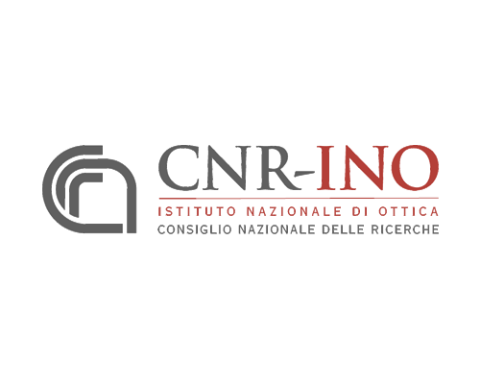
Classical and Quantum Activation in a Parametrically Modulated Oscillator

Abstract
A parametrically driven oscillator has two stable vibrational states at half the modulation frequency. The states have opposite phases and equal amplitudes. Classical and quantum fluctuations lead to switching between the states, i.e., to phase-flip transitions. An extra drive at half the modulation frequency provides an effective bias that lifts the state symmetry. The effect can be extremely strong due to the interplay between the force and fluctuations in the system. The force changes the rates of the fluctuation-induced walk over the quantum states of the oscillator. If the number of the states is large, then the effect accumulates to an exponentially large factor in the rate of switching between the vibrational states [1]. Surprisingly, in the limit of a zero-temperature environment we find that the rate of switching from a “shallow” state can become anomalously small at certain parameter values, leading to an efficient localization in this state. This is a consequence of the change of the topology of the oscillator phase trajectories [2]. The results pave the way for implementing nonreciprocal quantum Ising systems based on parametric oscillators.
[1] D.K.J. Boneß et al, Resonant-force-induced symmetry breaking in a quantum parametric oscillator, PRR 6, 033240 (2024)
[2] D.K.J. Boneß et al, Zero-temperature phase-flip rate in a biased parametric oscillator, PRR 7, 023188 (2025)







